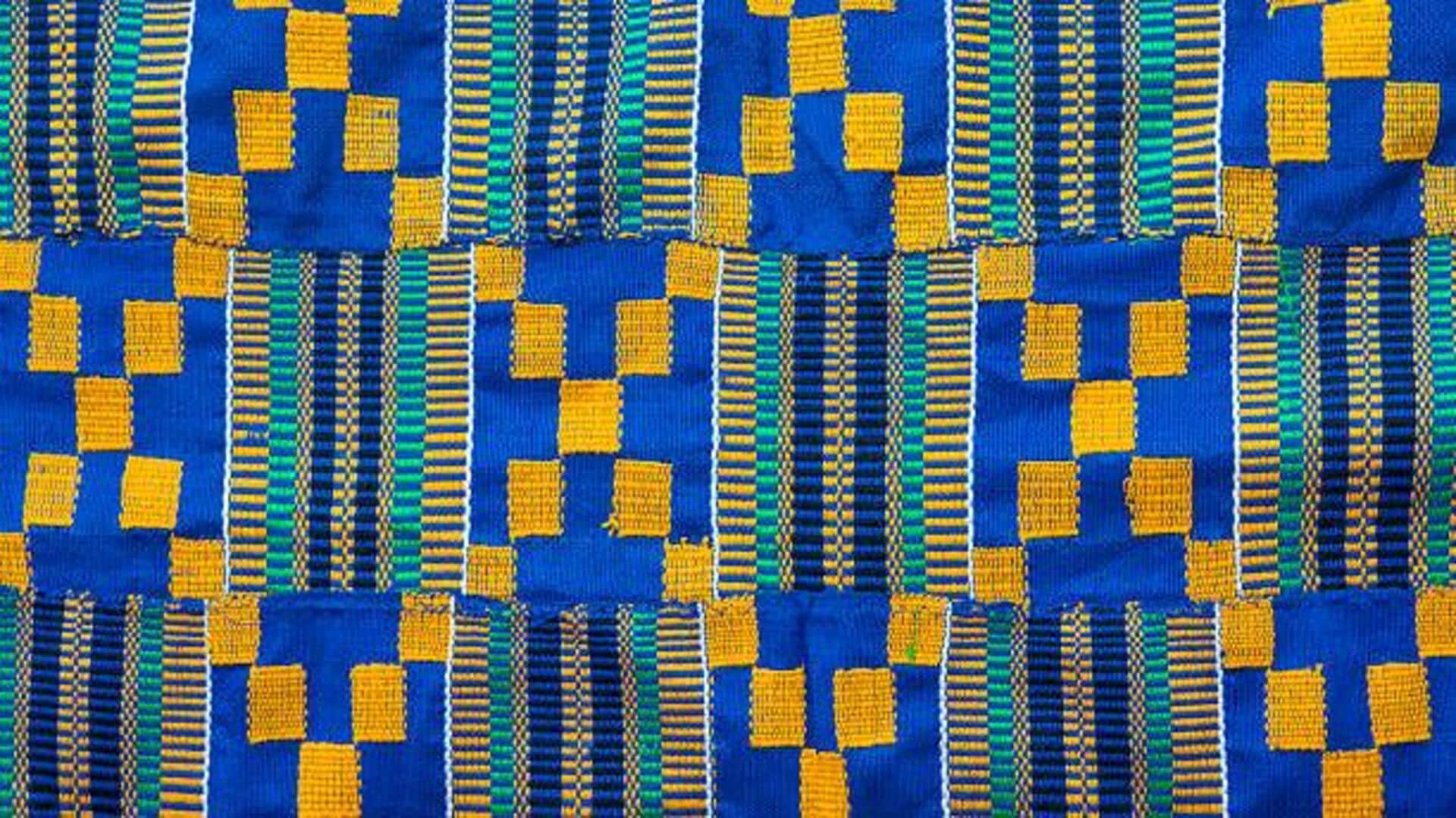
How traditional fabrics are shaping sustainable fashion
What's the story
African fashion is a colorful tapestry of traditions, patterns, and colors. With sustainability taking center stage, designers are relying on local textiles to create stunning pieces that respect cultural heritage and eco-friendly practices. Not only does this support local economies, but it also minimizes environmental impact. By mastering the use of sustainable local textiles, one can contribute towards preserving Africa's rich fashion legacy.
Traditional fabrics
Embrace traditional fabrics
Traditional African fabrics such as kente, ankara, and mudcloth form an inseparable part of the continent's fashion scene. These textiles are usually handmade using centuries-old techniques that have been passed through the generations. By using these fabrics in modern designs, designers can create stunning pieces that celebrate cultural identity as well as support artisans who make them.
Artisan support
Support local artisans
Supporting local artisans is key to sustainable fashion in Africa. Many artisans depend on traditional methods to create high-quality textiles that embody their community's heritage. By buying directly from these craftsmen and women, designers ensure they're getting fairly compensated for their work and contribute to the preservation of traditional skills that could otherwise be lost.
Eco-friendly practices
Focus on eco-friendly practices
Going beyond local textiles, sustainable African fashion should also focus on eco-friendly production. Designers should also focus on natural dyes instead of synthetic ones and choose organic materials where possible. This reduces environmental damage and resonates with the global efforts of making the fashion industry more sustainable.
Modern designs
Innovate with modern designs
While traditional patterns are priceless, a combination with contemporary styles can draw a wider audience. Designers must play around with silhouettes and cuts that suit modern sensibilities, but without diluting the essence of African aesthetics. The fusion of old and new, gives birth to versatile garments that can be worn on multiple occasions.
Consumer education
Educate consumers on sustainability
Educating consumers about the benefits of sustainable fashion is crucial for its growth in Africa. Designers could use social media platforms or workshops to educate buyers about how their choices positively impact both people and the planet. When they choose locally sourced garments made sustainably by skilled artisans across Africa's diverse regions, they make a significant difference.